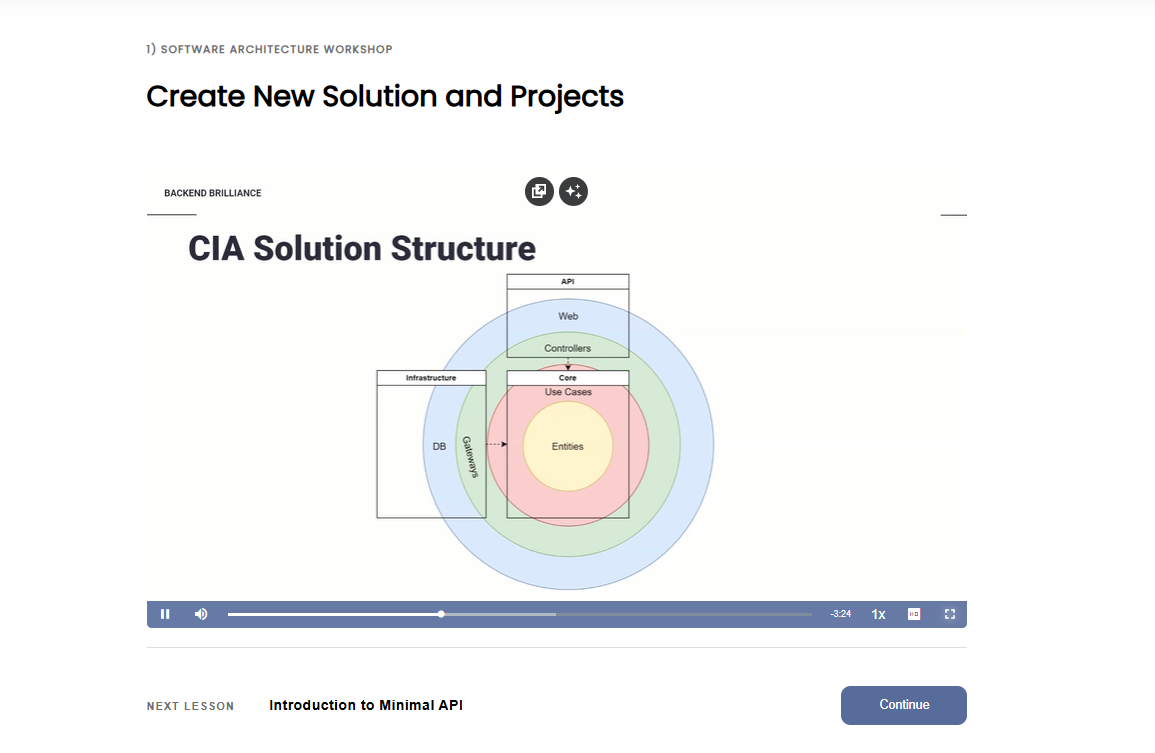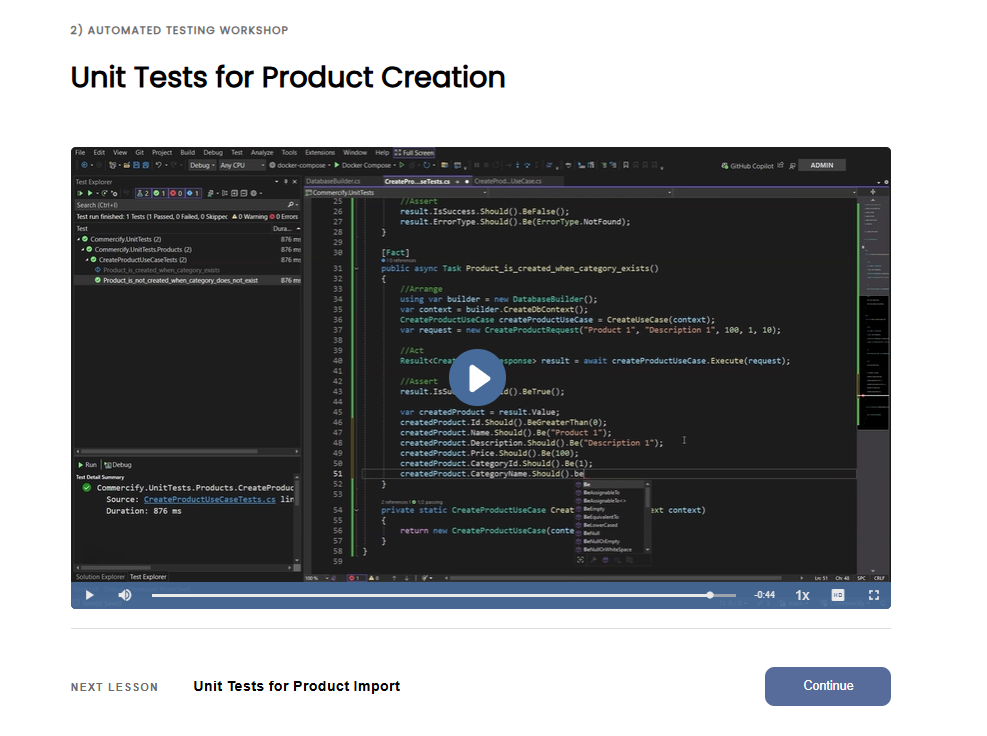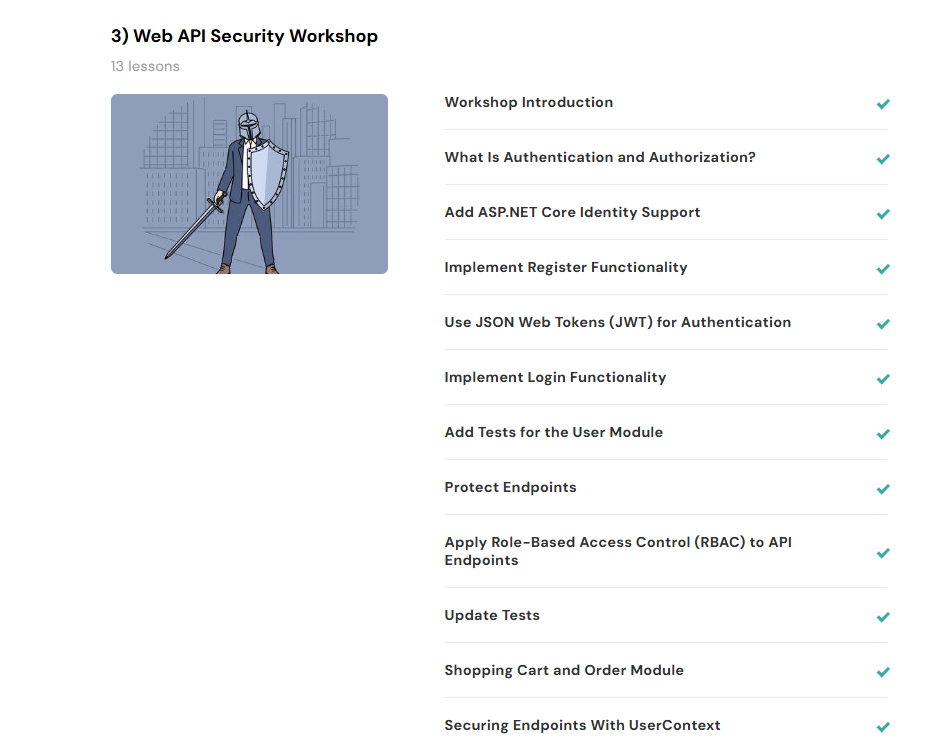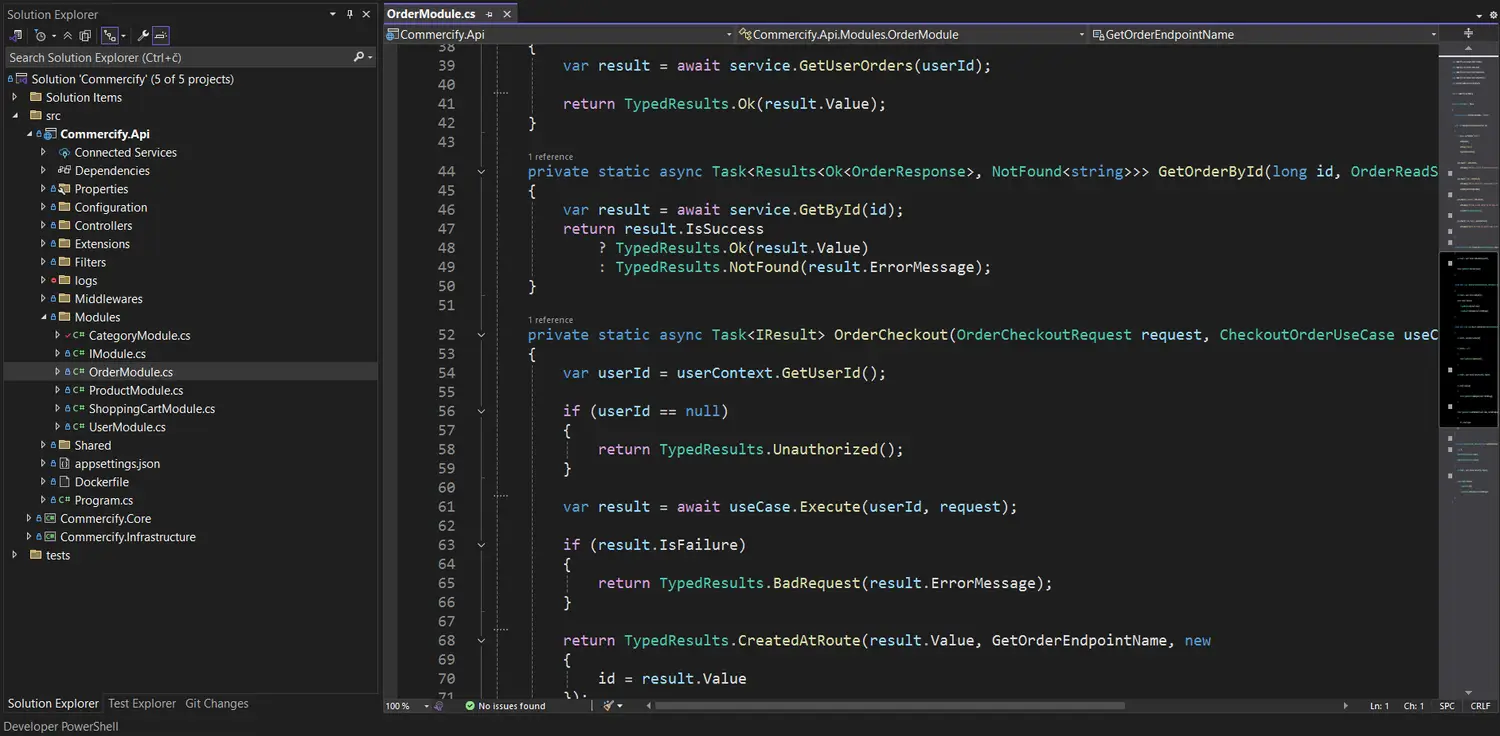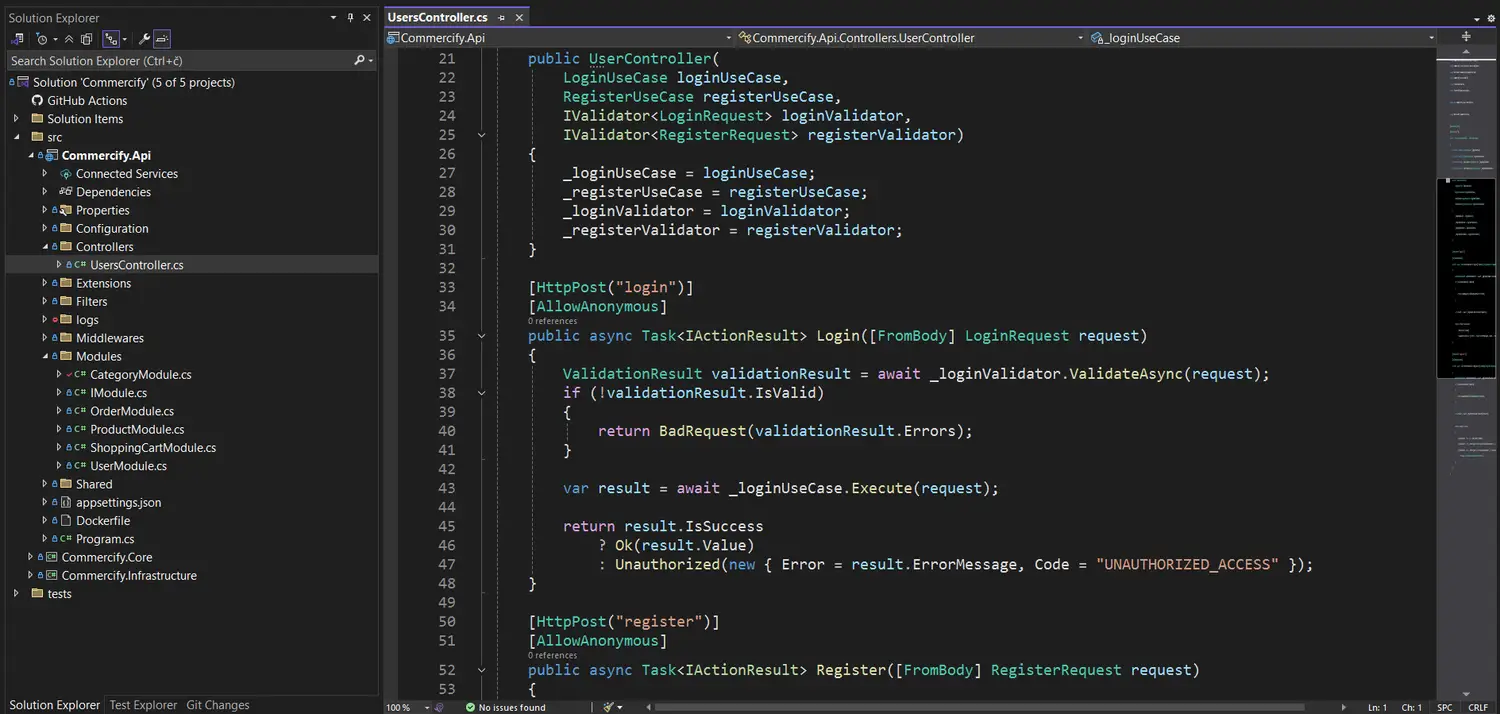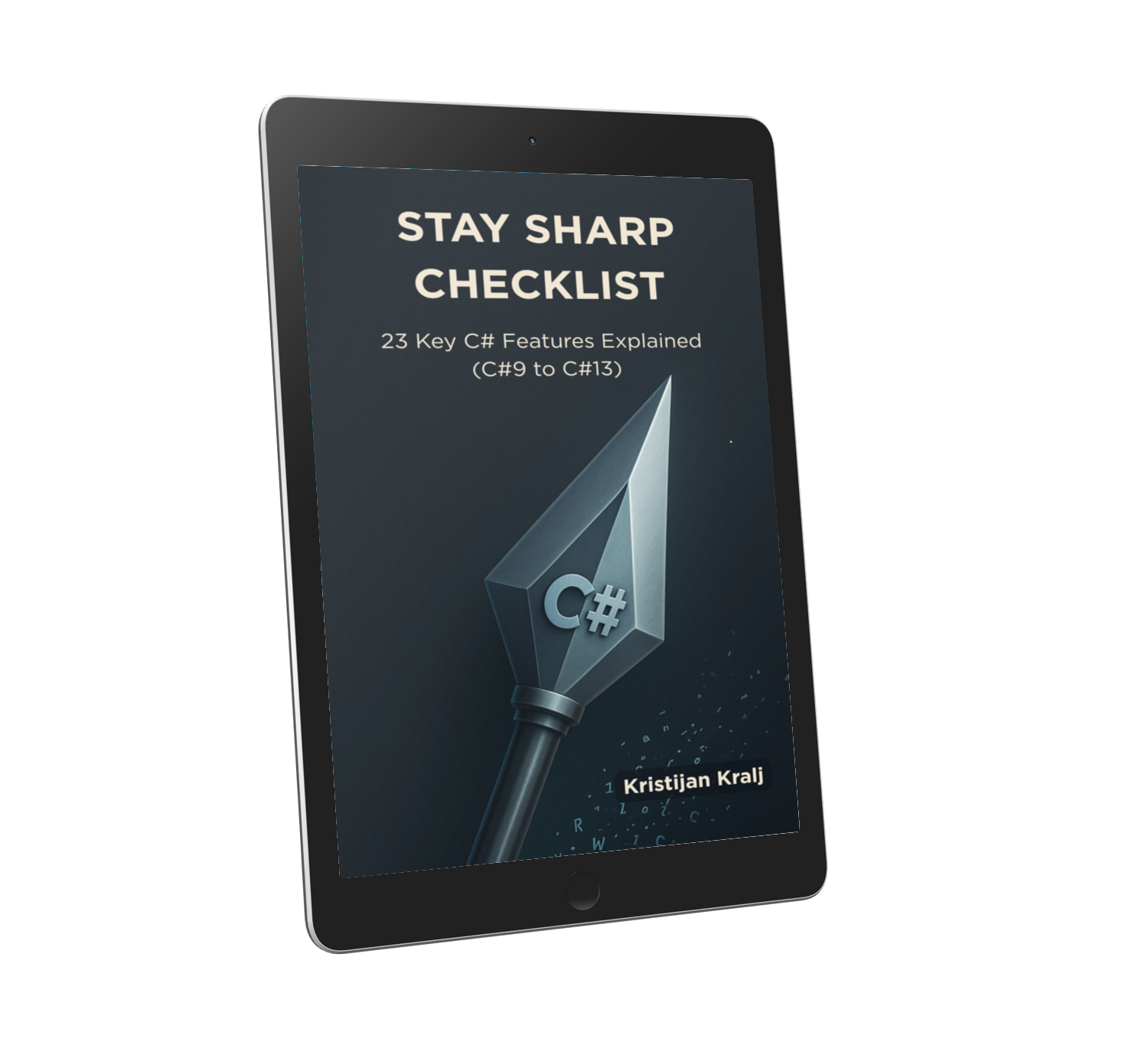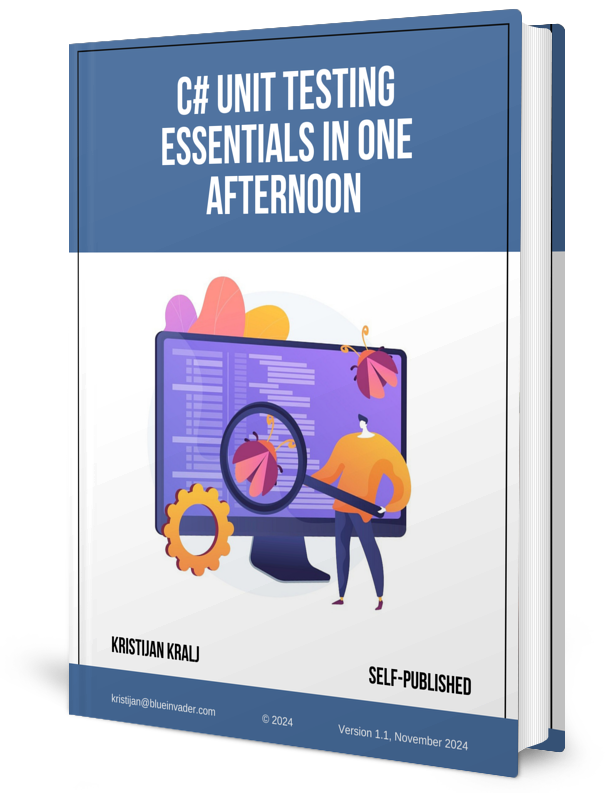Your Backend Brilliance Instructor

Kristijan Kralj
Senior .NET developer. 13+ years of experience. I’ve worked across the full spectrum: from WinForms and Web Forms, to building modern .NET cloud applications for enterprise systems that generate millions annually.
A few data points to show, when it comes to delivering production .NET apps (and teaching about it), I know what I’m talking about!
